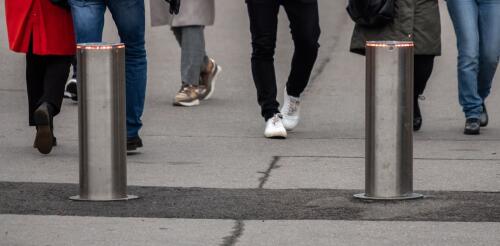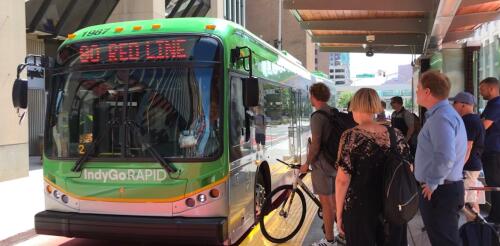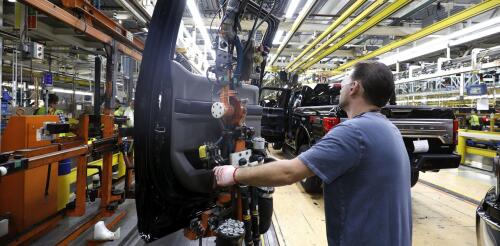Cars
Each year, the federal government purchases about 50,000 new vehicles. Until recently, almost all of them ran on diesel or gasoline, contributing to U.S. demand for fossil fuels and encouraging automakers to continue focusing on fossil-fueled vehicles. That’s starting to change, and a new directive that the Biden Administration quietly issued in September 2023 will accelerate the shift. The administration directed U.S. agencies to begin considering the social cost of greenhouse gases when making purchase decisions and implementing their budgets. That one move has vast implications that go far beyond vehicles. It could affect decisions across the government on everything from agriculture grants to fossil fuel drilling on public lands to construction projects. Ultimately, it could shift demand enough to change what industries produce, not just for the government but for the entire country. What’s the social cost of greenhouse gas? The social cost of greenhouse gase...
Not only people need to stay cool, especially in a summer of record-breaking heat waves. Many machines, including cellphones, data centers, cars and airplanes, become less efficient and degrade more quickly in extreme heat. Machines generate their own heat, too, which can make hot temperatures around them even hotter. We are engineering researchers who study how machines manage heat and ways to effectively recover and reuse heat that is otherwise wasted. There are several ways extreme heat affects machines. No machine is perfectly efficient – all machines face some internal friction during operation. This friction causes machines to dissipate some heat, so the hotter it is outside, the hotter the machine will be. Cellphones and similar devices with lithium ion batteries stop working as well when operating in climates above 95 degrees Farenheit (35 degrees Celsius) – this is to avoid overheating and increased stress on the electronics. Cooling designs that use inn...
Deadly traffic incidents have declined in most developed countries in recent years. But in the U.S. they’re becoming more common. Deaths in motor vehicle crashes rose more than 33% from 2011 to 2021. Since 2010, pedestrian deaths nationwide have climbed a shocking 77%, compared with a 25% increase in all other types of traffic fatalities. Light trucks injure pedestrians more severely than passenger cars in crashes, and the size of cars and trucks sold in the U.S. continues to swell. Some current models, such as the Toyota Rav4, are one-third larger than they were 15 years ago. Based on my experience researching urban planning and street design for the past three decades, I know that U.S. cities are primarily vehicle-centered rather than human-centered. Rules established in the 1920s govern how people use vehicles in public streets, and other governmental controls tell manufacturers how big those vehicles can be. Today, these sets of rules have created public spaces w...
Public transit in the U.S. is in a sorry state – aging, underfunded and losing riders, especially since the COVID-19 pandemic. Many proposed solutions focus on new technologies, like self-driving cars and flying taxis. But as a researcher in urban policy and planning, I see more near-term promise in a mode that’s been around for a century: the city bus. Today, buses in many parts of the U.S. are old and don’t run often enough or serve all the places where people need to go. But this doesn’t reflect the bus’s true capability. Instead, as I see it, it’s the result of cities, states and federal leaders failing to subsidize a quality public service. As I show in my new book, “The Great American Transit Disaster: A Century of Austerity, Auto-Centric Planning, and White Flight,” few U.S. politicians have focused on bus riders’ experiences over the past half-century. And many executives have lavished precious federal capital doll...
Ballot counting is underway in a runoff election to decide who will lead the powerful United Auto Workers union as its president. But the historic election is already transforming the union’s leadership in ways that could bring an end to decades of declining blue-collar compensation in this key sector of the economy. This was the first direct leadership election in the UAW’s 88-year history, following a series of corruption scandals that sent two former presidents to prison. With most of the other leadership races already determined, it’s clear that the union’s leadership will be closely divided between the old guard and the challengers. This transformation of how the UAW is governed sets up what is widely expected to be a more adversarial relationship between the union and the Big Three domestic car producers. Regardless of who wins the presidency, a more combative stance with automakers is likely to result in more strikes, higher car prices and also gre...




